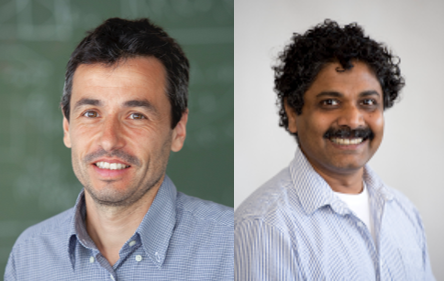
- This event has passed.
TYC Seminar: David Casanova, Donostia IPC, and Alston Misquitta, QMUL
18 July 2024 @ 4:00 pm – 5:30 pm
Ramsay Lecture Theatre, Christopher Ingold Building, refreshments in the Nyholm Room
Molecular electronic structure: from electron correlation to photophysics, magnetism and more – David Casanova
In this talk, I will present the research activities undertaken by our group focused on the study of the electronic structure of molecular systems. Over the recent years, our efforts have been focused on diverse and complementary facets, spanning the development, implementation, and application of quantum chemistry methodologies. These approaches have been instrumental in dissecting an extensive array of molecular systems, probing their inherent properties, and unraveling their responses to stimuli such as electromagnetic radiation, external magnetic fields, and mechanical perturbations. The talk will provide a comprehensive overview of our progress in several key areas, including the development of quantum chemistry methodologies tailored for both ground and excited states, the introduction of efficient quantum algorithms for quantum chemistry, the characterization of strongly correlated molecules, the study of intricate molecular photophysical processes, the computational study of magnetic properties of high spin molecules, and the simulation of excited state dynamics and energy transport in molecular materials. Finally, I will also show some examples of collaborative works with experimental investigations.
Classifying the unobservable: Making sense of distributed multipoles from atoms-in-a-molecule methods – Alston J. Misquitta
Atoms-in-a-molecule (AIMs) are a useful construct as they lead to concepts we can interpret and also use for building models. For example, AIMs lead to distributed multipoles which are the foundation of a number of force-fields both in the traditional sense, and also, recently, in the machine-learning sense, using for example, equivariant graph neural networks. But we have a problem: AIMs are not unique, and are not directly observable. This ambiguity has given rise to a zoo of AIM methods, and consequently we have access to a wide range of distributed multipolar models which all lead to results that agree in a certain limit.
This is a disturbing state of affairs, but in this talk I will demonstrate that we have a means of quantitatively ranking the results from AIM methods by imposing a “simplicity” requirement that is quantified (mainly) through the Kullback-Leibler (KL) divergence.
The KL divergence allows us to capture the qualitative sense of simplicity to allow us to distinguish between multipolar models from MBIS, BS-ISA, and the very recently developed Linear-ISA (L-ISA) methods. This allows us to not only make well-defined statements about distributed multipolar models, but also allows us to shed new light on our understanding of the properties of important complexes.

